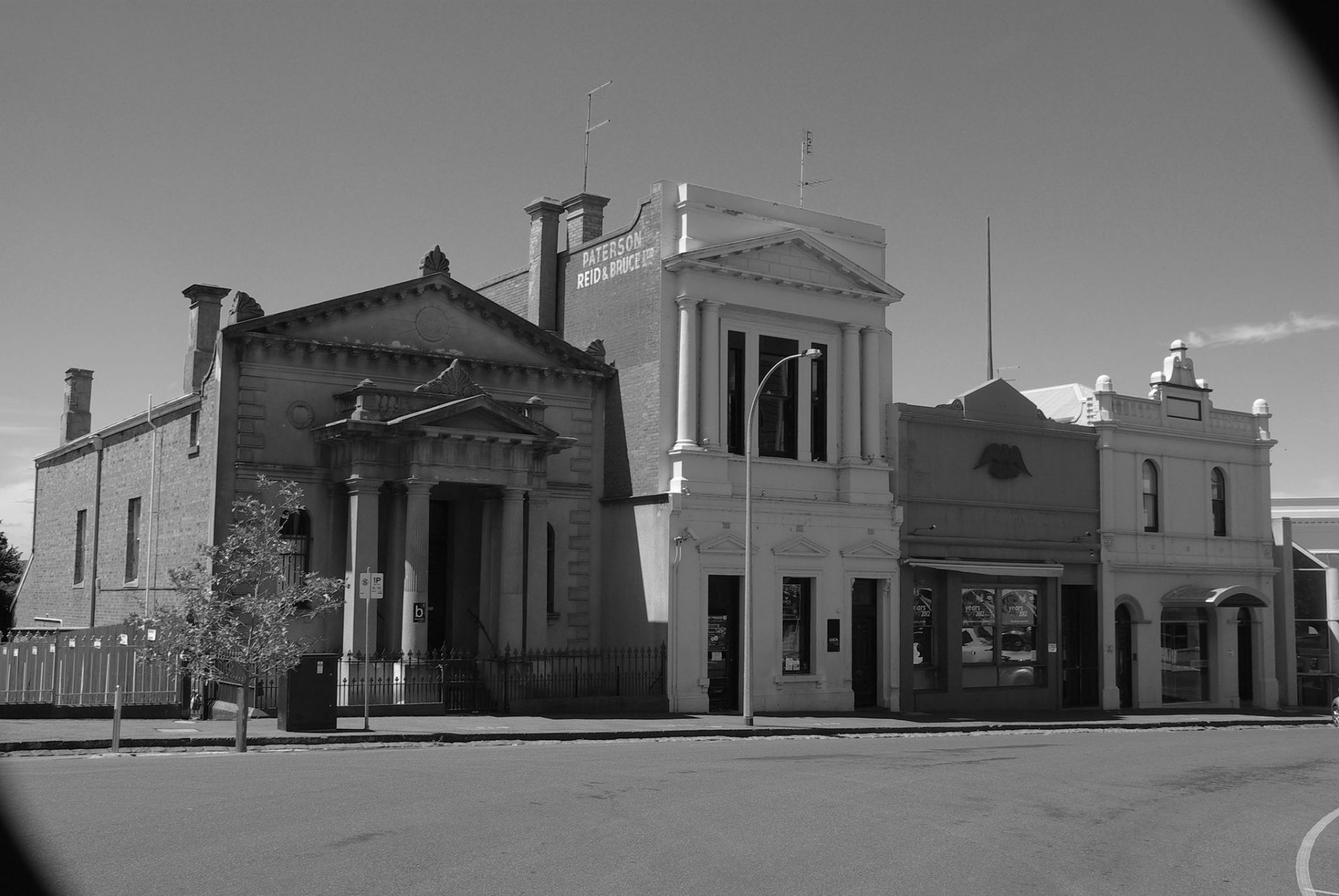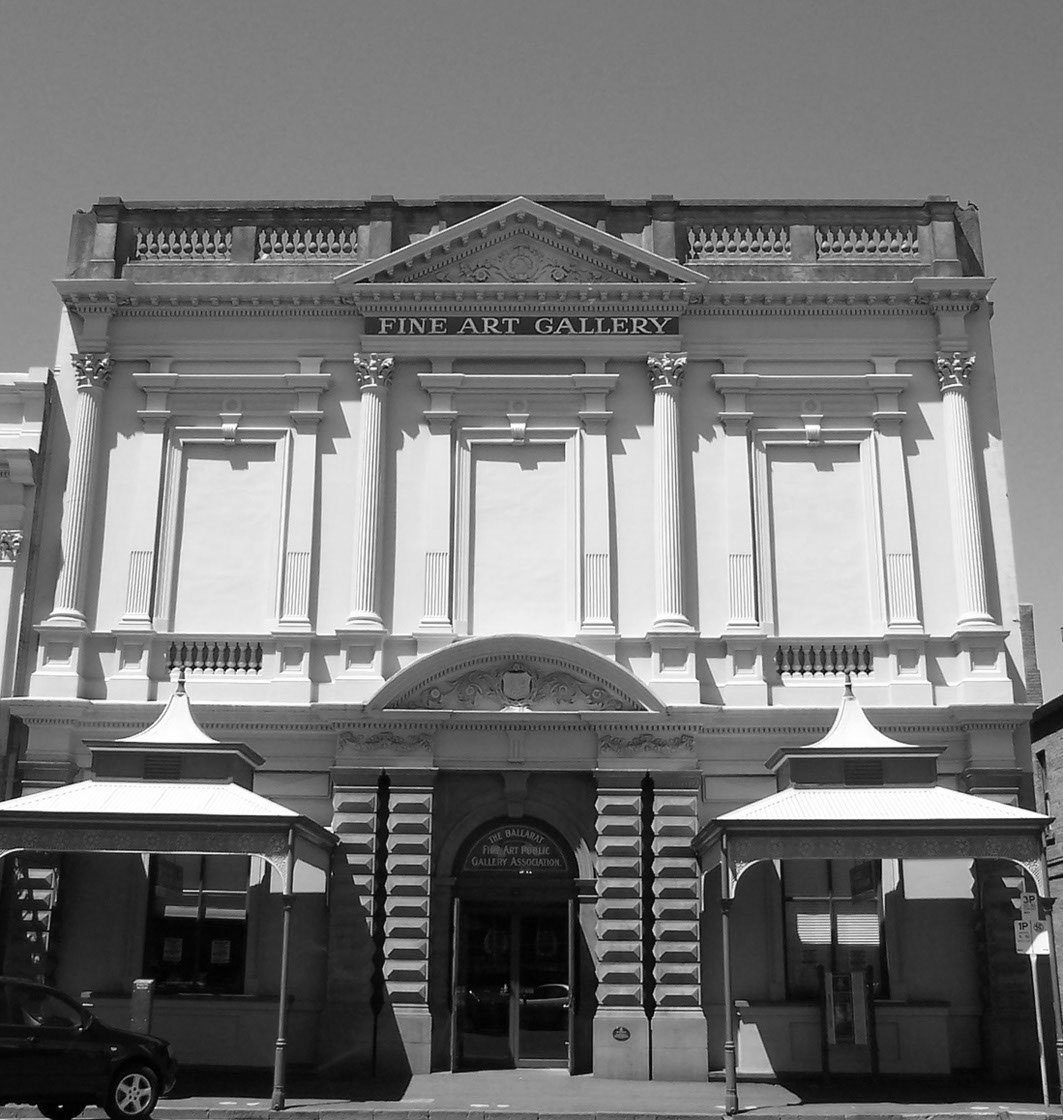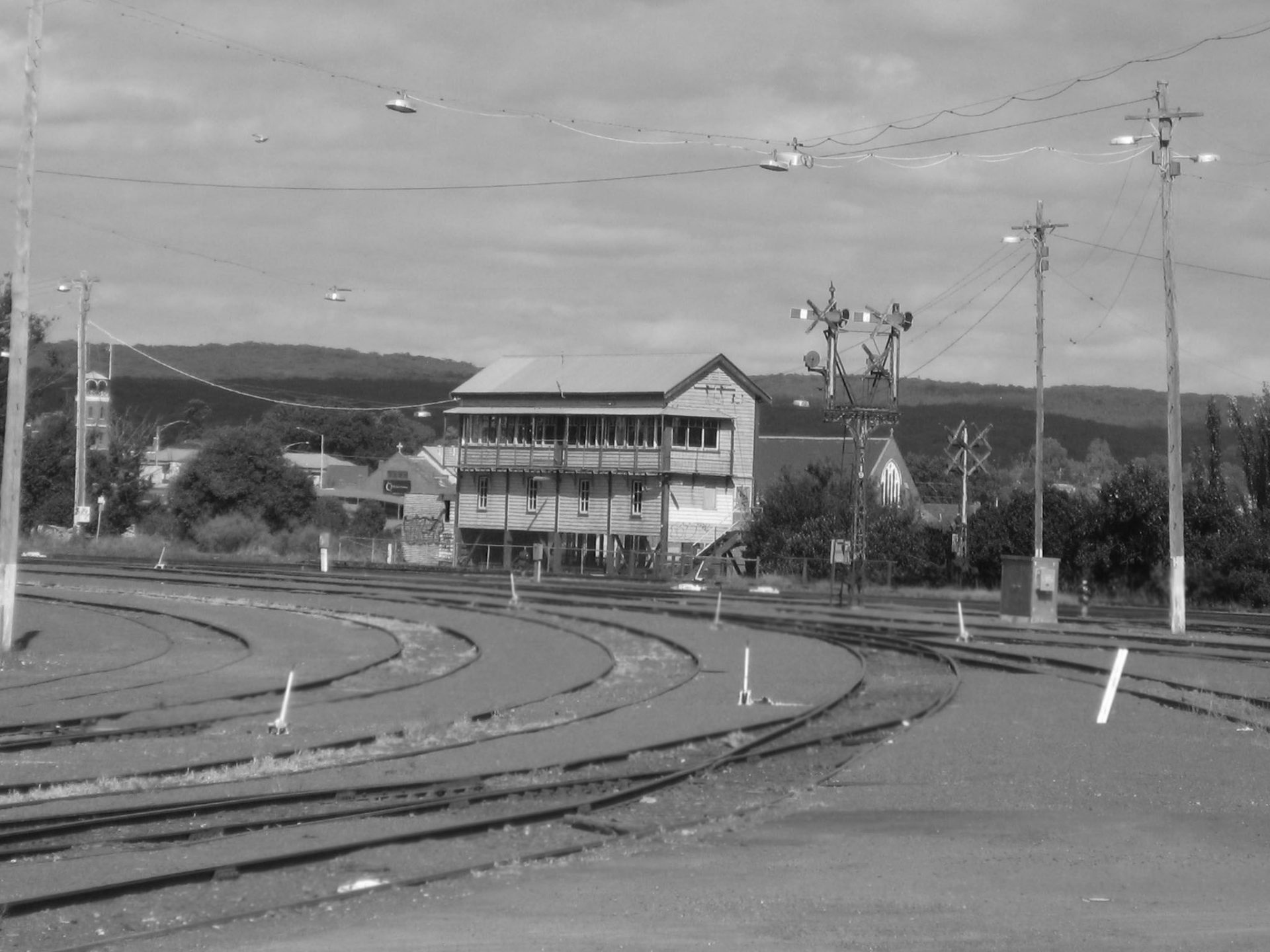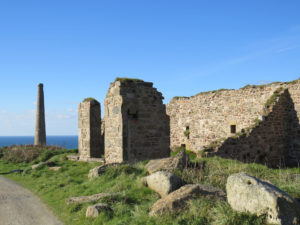Dorothy Wickham
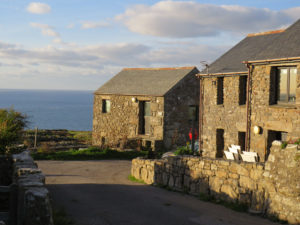
Boscaswell Row, St Just, 2016
Peter ELLIS, from Boscaswell Row, St Just, Cornwall, was residing on the Eureka Lead, Ballarat East, in the colony of Victoria, Australia by 1854. In the 1851 Census for Cornwall Peter was described as a tin and copper miner. The enclave in Boscaswell Row comprised mostly relatives. Living next to Peter at 129 Boscaswell Row, were Thomas (a miner in a tin mine), his wife, Mary Ellis and John (an unmarried son, whose occupation was a ‘cord winder’). At 131 were Elizabeth Warren, widow (nee Davey) aged 64 years, a relative of the Ellis family, Richard her son aged 23, a miner in a tin mine, and Peggy her daughter aged 20 a mantua maker (a sewer of women’s apparel). At 134 Thomas Ellis aged 36, a miner and brother of Peter Ellis, lived with Thomas (his son) aged 12, Mary (a daughter) aged 9, Nanny (a daughter) aged 7 and William (another son) aged 2. Living with them was Nanny Ellis a house servant. Thomas Ellis’ wife Elizabeth had died between 1849 and 1851.
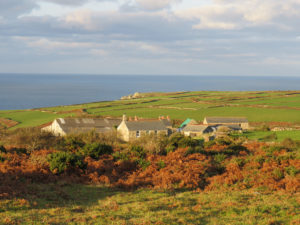
Cornwall around the St Just area, 2016
The Cornish were excellent miners, well versed in deep mining techniques. Many miners resided in the area around Boscaswell where the Ellis family lived. They worked in or near the mines that became famous during the excellent Poldark Series on television. Great chimneys soar into the sky and mining buildings nestle along the rugged cliffs in close proximity to the miner’s cottages at Boscaswell Row. From their homes they could view the sea swirling around the coast reflecting the sparkling blue of the sky on sunny days. They also saw it taking on a more sombre tone in the dark snarling days of winter. With a population of almost 5000 St Just is the most westerly town in mainland Britain.
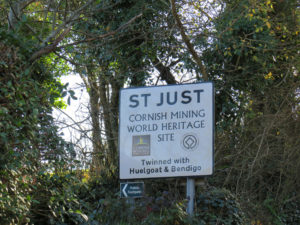
Sign at St Just, 2016
The Cornwall and West Devon Mining Landscape in the south west of England is now a World Heritage Site, with St Just being twinned with Huelgoat (France) and Bendigo (Victoria, Australia) as the St Just Cornish Mining World Heritage Site. Not to be confused with St Just in Roseland, the parish of St Just in Penwith encompasses the town of St Just (considered to be an area of outstanding natural beauty) and the nearby settlements of Trewellard, Pendeen and Kelynack.
Thousands chose to emigrate from Cornwall to South Australia after the discovery of copper and the opening up of mines at Kapunda around 1844, Burra Burra in 1845, Moonta 1859, and Kadina around 1861. For the miners at Burra Burra life was isolated and harsh, so that when they heard of the massive discoveries of gold in the Colony of Victoria, Cornish men and families, made their way to new mining areas such as Ballarat, Sandhurst (Bendigo) and Mount Alexander (Castlemaine). Thomas Trembath for example, worked for a time at Burra but by 1852 was at the Ballarat Diggings. Patience White, born at St Just, who had married James Wearne in 1847 at Trewellard Methodist Church, emigrated with her husband and 385 other passengers to Adelaide, South Australia. James worked at the Burra mines before proceeding first to Bendigo, Castlemaine and then settling at Ballarat. Thomas Phillips was yet another Cornish man who emigrated to South Australia in 1848 but by 1853 he was gold mining in Ballarat. George Stephens came to Adelaide on the Sir William Money in 1849 but, as a boy, had arrived in Ballarat in the early stages of the gold rushes in 1851.
By 1854 James and Patience Wearne and their daughter were living with a party of Cornish that included Peter Ellis, John Penaluna, Henry Read, and Joseph Penrose, all from St Just, Cornwall. Living on the early goldfields was so different from life as a tin and copper miner in Cornwall. Tent cities sprang up all around the goldfields of Victoria. Rudimentary furniture was common in the tents but they were extremely hot and dusty in summer while they were cold and wet in winter. There was little infrastructure, and no running water or welfare system. A cacophony of noise was the constant companion of the miner and his family, or as one intrepid traveller commented, ‘dogs barking, children laughing and women talking nineteen to the dozen’.
Cornish children have related the story of those early exciting times. Elizabeth Wearne, the daughter of James and Patience, wrote a diary about their journey and life. Charles Curnow Phillips who was only four years of age when he landed with his parents at Geelong and travelled by dray to Ballarat, as a child of nine witnessed the Eureka Stockade battle on 3 December 1854. Cornish youngster twelve year old George Stephens also witnessed the Eureka Affair finding 12 ounces of gold on the very day of the battle.
Thomas Phillips saw the burning of gold licences at Bakery Hill and attended the Monster Meetings in November at Ballarat East protesting about conditions on the goldfields of Victoria. Francis Symonds from St Enoder, Cornwall was wounded during the battle, but recovered. Joseph Penrose and Henry Read, part of the Cornish party that included James Wearne and Peter Ellis, were arrested after the Eureka battle. James Wearne swore under oath that: ‘I saw Read, Penneluna and Penrose go towards the Bakery Hill. – I saw a small disturbance. Some troopers came down and asked some questions and they took Penrose and Read away in custody’. Ellis gave evidence for the defence saying: ‘I was at my tent near Read’s on the morning of the 3rd instant. I saw him taken a little way from the Catholic Chapel. I was not quite dressed and got up because I heard the firing. I think Read had on cord trousers and a blue shirt’.
All thirteen men accused of High Treason, a crime punishable by death, were acquitted by the jury in 1855. Cornish men, world renowned for their mining skills and courage, not only lived and worked on the Eureka Lead, but were central names in the Eureka story, wounded, arrested, released, and acquitted during the time of the Eureka Battle in 1854. Their countrymen bravely gave evidence in their defence. The story of Eureka is one of a struggle by the middle and working classes. It is highlighted by tensions, public protests, mate-ship and the quest for liberty, freedom, and equality. Although the battle was short in duration lasting around 20-30 minutes and with around 30 killed, the repercussions were exceptional with subsequent changes affecting laws, governments, the right of men to vote, to own land, and the acceptance in Australia of democratic ideals.
Evidence of any Cornish men, women and children who were associated with Eureka would be appreciated. Stories, oral histories, diaries and journals, as well as photographs and documentary evidence, are sought. If you can help please email or message.

